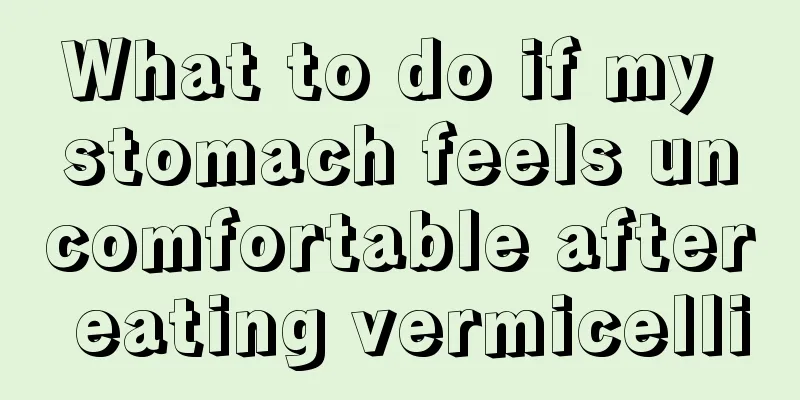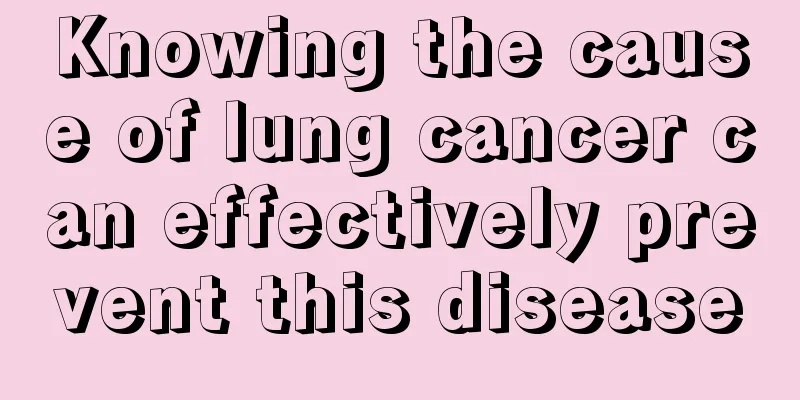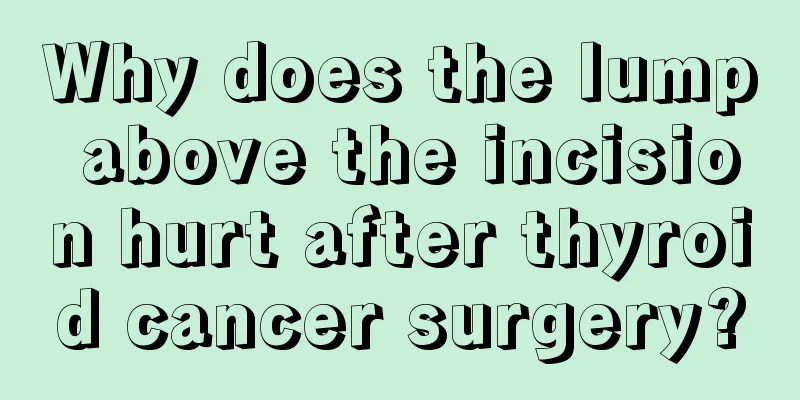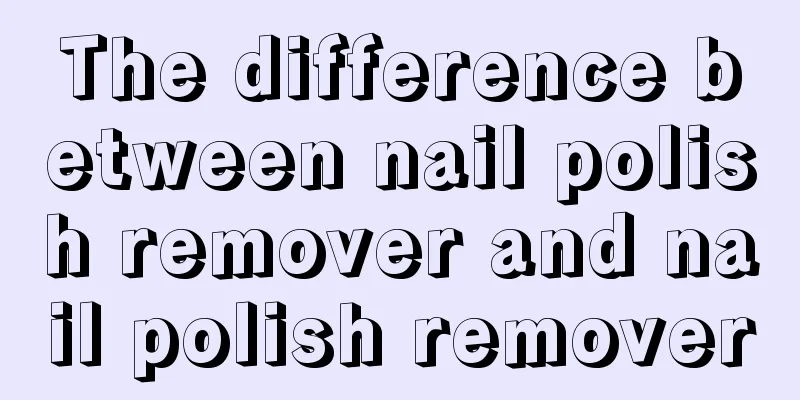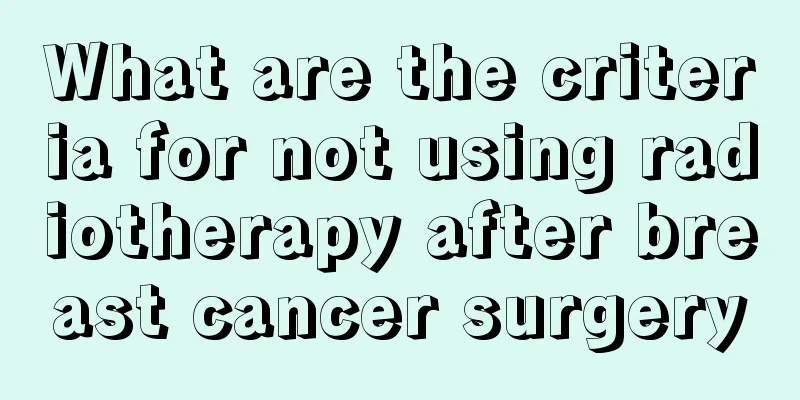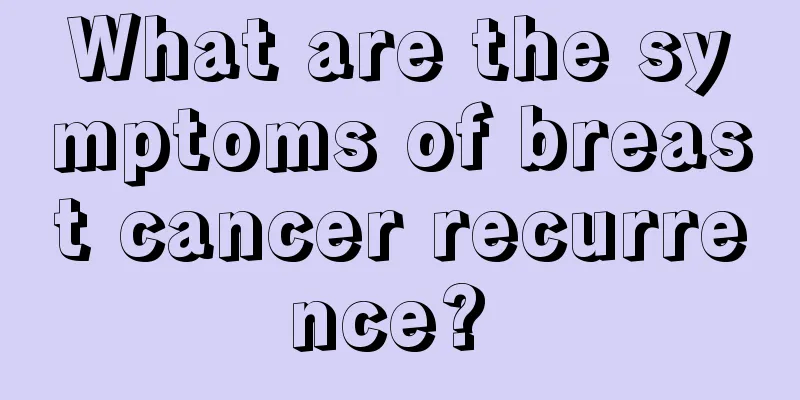Does toothache after filling mean that the filling was not healed?

|
Tooth filling is a common treatment method in dentistry. It is a very effective treatment method for people who are missing or incompletely toothed. Generally speaking, there will be no pain or other discomfort symptoms after a tooth filling, but there are exceptions. Many people experience severe pain after a tooth filling. So, what are the reasons for toothache after filling? 1. Why do I still have toothache after filling? 1. If treatment is required, the dental pulp must be deactivated (commonly known as killing the nerves). Toothaches may occur on the day or the next day after the deactivation drug is applied due to the effects of the drug, but the pain will not be severe and will not last for a long time. 2. Temporary pain: short-term hot or cold stimulation pain may occur during the process of preparing the cavity for the filling or due to the stimulation of the pulp by disinfectants. Such situations do not require special treatment and generally recover on their own after 1-2 days. This is the most common reason 3. Pain caused by hot and cold stimulation. If the caries cavity is deep, the padding material used is too thin to block the hot and cold stimulation conducted by the silver-mercury alloy, resulting in symptoms of pain caused by hot and cold stimulation. This requires thickening the base material before filling. 2. How to deal with toothache after filling After a tooth is filled, except for temporary toothache (such as pulp devitalization) that the doctor clearly tells the patient may occur, all other toothaches that occur after a tooth is filled should be treated in the hospital in order to find out the cause and deal with it in time. This situation is generally rare. Generally speaking, the cause of irritation pain or spontaneous pain in the short term after a tooth filling may be due to certain chemicals in the filling material irritating the pulp or apical tissue; it may also be due to incomplete pulp devitalization. If you have experienced bite pain recently, it is probably because the filling material is too high, causing premature contact when biting. After a few days of adjustment, you will return to normal. The long-term cause of pain is often secondary caries complicated by pulpitis. Pulp soothing or other endodontic treatment should be performed depending on the specific situation. 3. Care after filling In addition, we need to remind you that you must take appropriate care after filling your teeth, such as: ① Do not brush your teeth on the day after resin filling to prevent the filling material from falling off due to contact. ② After filling, the shape of the tooth can be restored, but the chewing function of the tooth will be damaged to a certain extent. Therefore, it is not advisable to chew hard food after filling, and you should not chew on the filled side in the early stage after filling. ③ It takes a certain amount of time for the filling material to solidify, so you should avoid eating within 2 hours after the filling. Two hours after the filling, you can eat some light, mild liquid and semi-liquid food, such as milk, bread, porridge and soup. |
<<: Is it more painful to remove the dental nerve or to extract the tooth
>>: A little trick to treat toothache caused by cold
Recommend
What to do with fat particles under the eyelids
In life, there are many people with fat particles...
What does a tooth root look like
Teeth are our important organs. People with bad t...
How to check the safe period and dangerous period
Many female friends do not know how to calculate ...
Why do I feel weak during pregnancy
Female friends will experience some pregnancy rea...
The latest progress in cellular immunotherapy for nasopharyngeal carcinoma
Recent progress in cellular immunotherapy for nas...
What does wisdom tooth look like
Many people don’t know much about wisdom teeth, b...
What's going on with a sore throat and uncomfortable neck?
A sore throat and discomfort in the neck are comm...
How can we detect lung cancer as early as possible? Several common diagnostic methods for lung cancer
X-ray examination can reveal the location and siz...
How much does one chemotherapy for breast cancer cost?
How much does chemotherapy for breast cancer cost...
What drugs are used for percutaneous interventional treatment of liver cancer? Generally, anhydrous alcohol is used
Percutaneous interventional treatment for liver c...
Is sodium chloride acidic or alkaline?
Some people really like chemistry as a subject an...
What are the symptoms of mixed hemorrhoids?
Mixed hemorrhoids are a type of hemorrhoids, also...
Can patients with prostate cancer drink tea?
Prostate cancer is a very common disease with a h...
Diet therapy to help gastric cancer patients fall asleep peacefully
Gastric cancer patients often have poor sleep due...
My upper lip suddenly became swollen and hard
Everyone knows that getting angry can cause many ...
